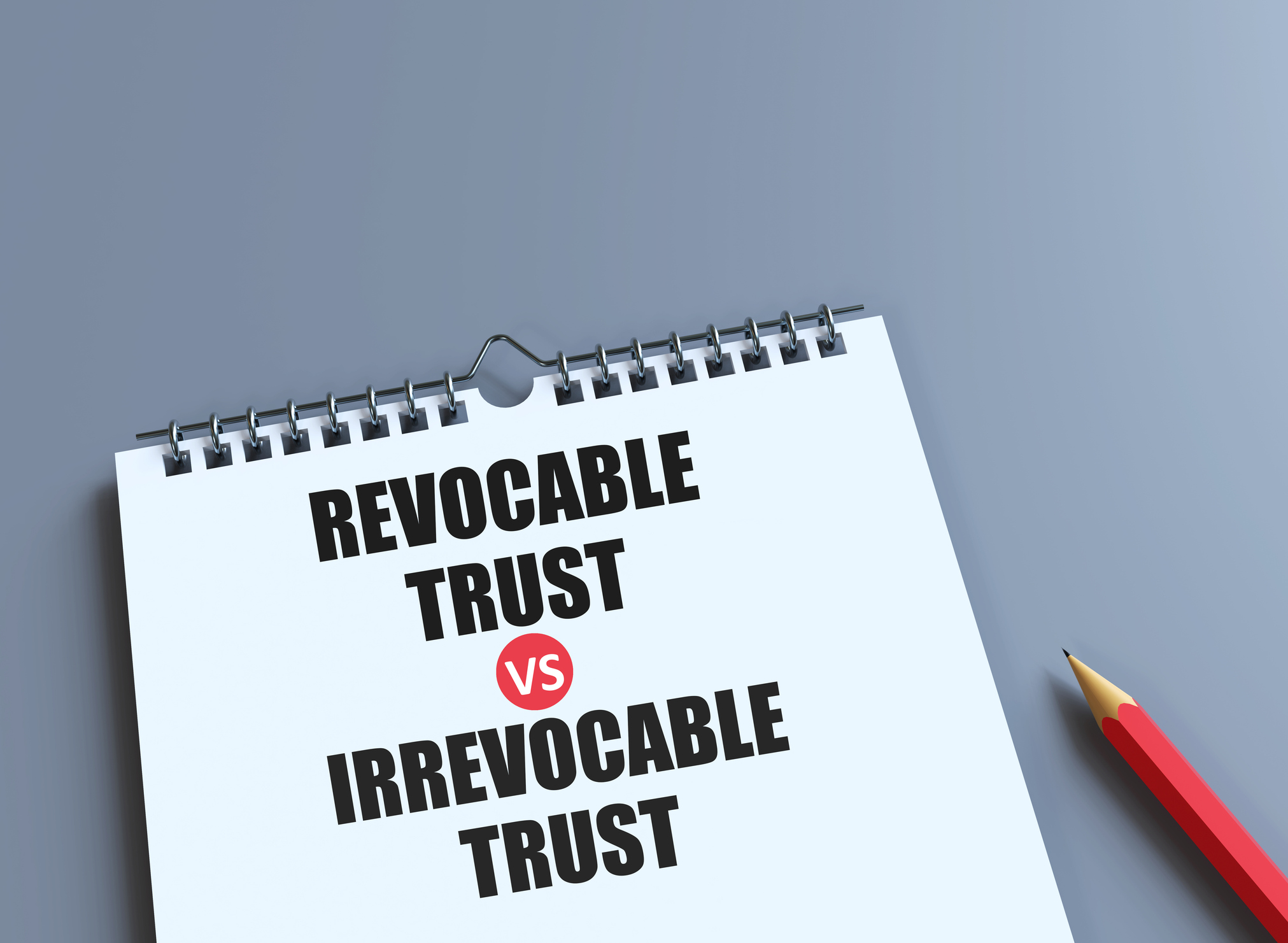Save Money on Moving
Without careful planning, you can waste a lot of time and money relocating.
Planning a move? If not, you soon will be. In fact, one-third of twentysomethings move every year, according to U-Haul. And those moves can be especially challenging for cash-strapped Starting Outers who often have to deal with the added complication of roommates. I moved from a downtown Washington, D.C., apartment to a three-bedroom row house this spring, so I interviewed several experts to learn the things I should have done to execute my move like a pro. Turns out I did a few things right and a lot of things wrong. Here are four valuable lessons to learn before your next move:
1. Moving is costlier than you might think.
When it comes to financing your move, don’t wait until just a few weeks before your lease is up to start squirreling away cash. Doing so forced me to quickly blow through my emergency fund to cover all the costs. Instead, establish a budget and start saving well in advance. Moving costs vary depending on the size of your household, the distance you’re moving and whether you get professional help. But you’ll likely pay for at least a truck, packing materials and cleaning supplies. If you enlist family and friends to help, you might also factor in the price of a nice thank you, such as dinner or drinks.
If you decide to go with pros, get quotes from at least three companies, says Niccole Schreck, consumer insights and marketing manager for Rent.com, and set aside a $20 to $30 tip for each mover. I paid $400 total for professional movers with their own van. That’s about twice as much as I’d have paid to rent a truck myself and hire independent movers (something you can do through U-Haul). In D.C., the right-sized truck for a one-bedroom apartment started at $19.95, plus $1.59 per mile, and a two-crew moving team started at about $100, plus $50 an hour after the first two hours.
From just $107.88 $24.99 for Kiplinger Personal Finance
Become a smarter, better informed investor. Subscribe from just $107.88 $24.99, plus get up to 4 Special Issues

Sign up for Kiplinger’s Free Newsletters
Profit and prosper with the best of expert advice on investing, taxes, retirement, personal finance and more - straight to your e-mail.
Profit and prosper with the best of expert advice - straight to your e-mail.
You might also pay to insure your stuff during the transfer. If you already have renters insurance, your policy may cover you during a move. (If you don't already have renters insurance, you should; it'll cost you about $15 to $30 per month.) But your policy may protect only against the same disasters that it covers inside your home, such as fire or theft, not breakage. Find out from your movers what kind of insurance they offer and what they'll take responsibility for in case of an accident. Released value coverage insures you at 60 cents per pound, which won’t be enough if you own an item that’s light but expensive—say, a 30-pound top-of-the-line TV (you’d be reimbursed $18). If you buy a full value coverage policy for a few hundred bucks extra, your items will be replaced or repaired.
Don't forget to tally costs for settling into your new place, too. You may need to buy new furniture and pay to set up utilities. For example, I paid $30 to get Comcast installed and $70 to open a new gas account. Plus, you may have to front a security deposit to your new landlord before receiving your deposit back from your old place.
2. Read your leases carefully.
I thought I could move out mid month, as long as I gave 30 days’ notice, but my lease said otherwise. It required me to pay rent through the end of my last month of occupancy, no matter which day of the month I actually vacated. Good thing I cleared that up—I would have paid rent on two apartments for a couple weeks had I stuck to my original plan of moving into my new place mid month.
As for your new lease, it’ll require careful reading. Learn any rules about overnight guests, maintenance and cleaning. Look out for fine print, such as the stipulation that you can’t make holes in your walls, hang curtains or keep certain kinds of pets. If you ignore these, you may get hit with fees when you move out—or, worse, lose your security deposit.
If you ultimately break your lease early—say, a job comes up in another state—you may have to find a replacement tenant or cover several months of rent. If there’s nothing in your agreement, negotiate with your landlord. You might offer to find a new renter.
Speaking of paperwork, consider signing (and notarizing) a roommate agreement with any housemates. (See 8 Reasons Roommates Fight About Money.) This is a document that spells out everything from the payment of rent and utilities to how the security deposit works and your policy on sharing food. You can find a sample roommate agreement on Nolo.com. And if it’s your significant other you’re shacking up with, you should come to agreement on a lot more than housecleaning responsibilities. (See Have a Money Talk Before Moving in Together.)
3. De-clutter before the move.
Save money by paying your movers to haul only the things that you will keep. My movers struggled with my heavy coffee table that ultimately didn’t fit neatly in the living room of my new place, and I ended up selling it after the move. I also unwittingly paid the movers to haul bags of Goodwill-destined clothes that I should have cleared out ahead of time. Clean thoroughly before your move. You could even earn some extra cash from reselling valuable items.
4. Schedule your move on the right days and dates to save big.
Moving Season is from Memorial Day to Labor Day. We moved in March, with cooler temperatures, cheaper movers and less apartment-hunting competition in the cutthroat Washington, D.C., rental market.
If moving off-season isn’t an option, try relocating mid week. “You’ll probably save at least 10%—and maybe even more—if you move between Sunday and Thursday,” says Jeanne Fried, director of media and public relations for U-Haul.
Profit and prosper with the best of Kiplinger's advice on investing, taxes, retirement, personal finance and much more. Delivered daily. Enter your email in the box and click Sign Me Up.
Susannah Snider worked as a research-reporter and staff writer at Kiplinger Personal Finance Magazine. She went on to serve as managing editor for money at U.S. News, overseeing articles and content covering real estate, personal finance and careers. She is a certified financial planner professional and earned her CFP marks in 2019.
-
 3 Major Changes to the Charitable Deduction in 2026
3 Major Changes to the Charitable Deduction in 2026Tax Breaks About 144 million Americans may qualify for the 2026 universal charity deduction, while high earners face new IRS limits. Here's what to know.
-
 Where to Stash Cash as Yields Fall, According to Advisers
Where to Stash Cash as Yields Fall, According to AdvisersYour best options depend on how soon you'll need the money and your tolerance for risk.
-
 Control vs Protection Quiz: Which Trust Do You Need?
Control vs Protection Quiz: Which Trust Do You Need?Quiz Take this simple quiz to discover whether a revocable or irrevocable trust should be the cornerstone of your estate plan.
-
 21 Last-Minute Gifts for Grandparents Day 2025 to Give Right Now
21 Last-Minute Gifts for Grandparents Day 2025 to Give Right NowHoliday Tips Last-minute gifting is never easy. But here are some ideas to celebrate Grandparents Day.
-
 Texas Sales Tax-Free Weekend 2025
Texas Sales Tax-Free Weekend 2025Tax Holiday Here's what you needed to know about the Texas sales tax holiday.
-
 Alabama Tax-Free Weekend 2025
Alabama Tax-Free Weekend 2025Tax Holiday Here’s everything you need to know about the 2025 back-to-school Alabama sales tax holiday.
-
 The Sweet 23: States Where Twix and Kit Kat Avoid the ‘Candy Tax’
The Sweet 23: States Where Twix and Kit Kat Avoid the ‘Candy Tax’State Taxes There’s something spooky this Halloween, and it’s not just the ghouls. Find out if your state’s sales tax takes a bite out of sweet savings.
-
 Florida Back-to-School Tax-Free Holiday 2025
Florida Back-to-School Tax-Free Holiday 2025Sales Taxes The new tax-free holiday in Florida brought month-long savings on computers, clothing and other school supplies.
-
 How to Search For Foreclosures Near You: Best Websites for Listings
How to Search For Foreclosures Near You: Best Websites for ListingsMaking Your Money Last Searching for a foreclosed home? These top-rated foreclosure websites — including free, paid and government options — can help you find listings near you.
-
 Five Reasons You Shouldn't Shop Amazon's Prime Big Deal Days
Five Reasons You Shouldn't Shop Amazon's Prime Big Deal DaysSmart Buying Are Amazon Prime Big Deal Days still a good deal? We'll break it down.
-
 Four Smart Steps To Take Before Buying Your First Home
Four Smart Steps To Take Before Buying Your First Homehome Buying your first home can be daunting. Here are four things you need to do years before you start house-hunting to prepare financially for the biggest purchase of your life.